Improve Yard Drainage and Soil Health Effectively
Effective landscaping drainage services address water management challenges in outdoor spaces. Different types include surface drainage solutions such as swales and channels, subsurface drainage systems like French drains, and dry wells designed to divert excess water. Proper installation ensures that landscapes remain healthy and free from water accumulation issues. These services help prevent erosion, protect foundations, and maintain the integrity of garden beds. The selection of drainage methods depends on site conditions, water flow patterns, and landscape design goals. Skilled installation is essential to ensure long-term functionality and to avoid potential water damage.
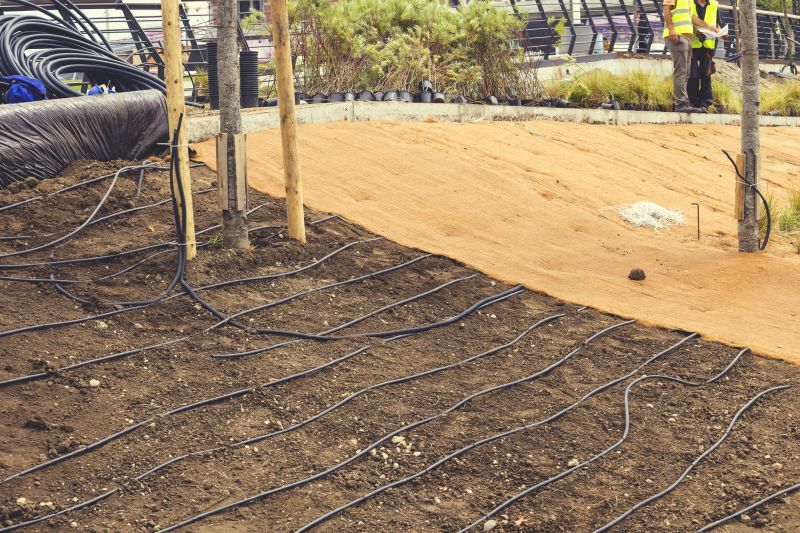
Installation of underground drainage pipes to redirect water away from the property.

Creating channels and swales to facilitate water runoff and prevent pooling.
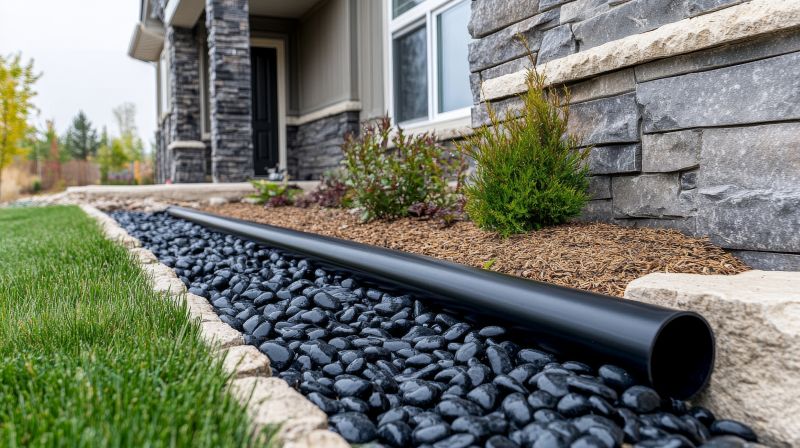
Laying gravel and piping to effectively drain excess water from landscape areas.
| Benefit | Description |
|---|---|
| Prevents Water Damage | Reduces the risk of foundation and landscape damage caused by excess water. |
| Controls Erosion | Helps maintain soil stability and prevents erosion in slopes and garden beds. |
| Enhances Landscape Health | Ensures proper water flow to promote healthy plant growth. |
| Increases Property Value | Proper drainage systems can improve the overall value of the property. |
| Reduces Flooding Risk | Minimizes surface water accumulation during heavy rains. |
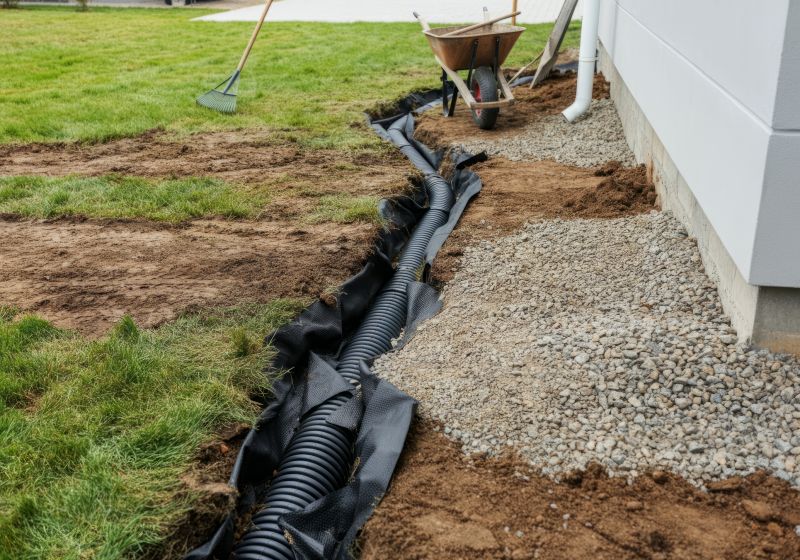
Showcasing pipes, gravel, and outlet points used in drainage installation.
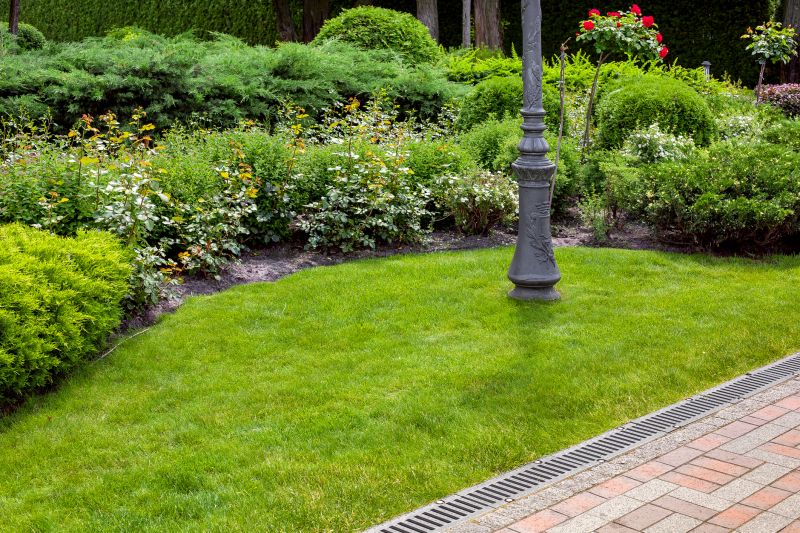
Visual of a completed drainage system integrated into a landscape.
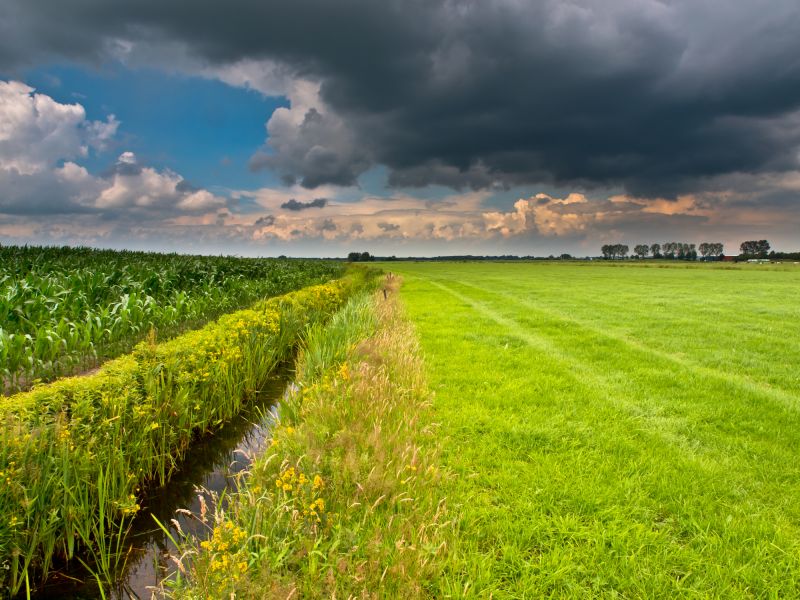
Visual of routine inspection and upkeep of drainage components.
The process of landscaping drainage service begins with a thorough assessment of the site to identify water flow patterns and problem areas. Next, plans are developed to determine the most suitable drainage solutions, whether surface or subsurface. Excavation and installation of drainage components follow, including trenching for pipes, laying gravel beds, and positioning outlets. Proper grading is essential to ensure water flows away from structures and landscape features. The system is then tested for effectiveness, and adjustments are made if necessary. Final steps include covering the installation and restoring the landscape to its original condition. This systematic approach ensures efficient water management tailored to the specific needs of the property.
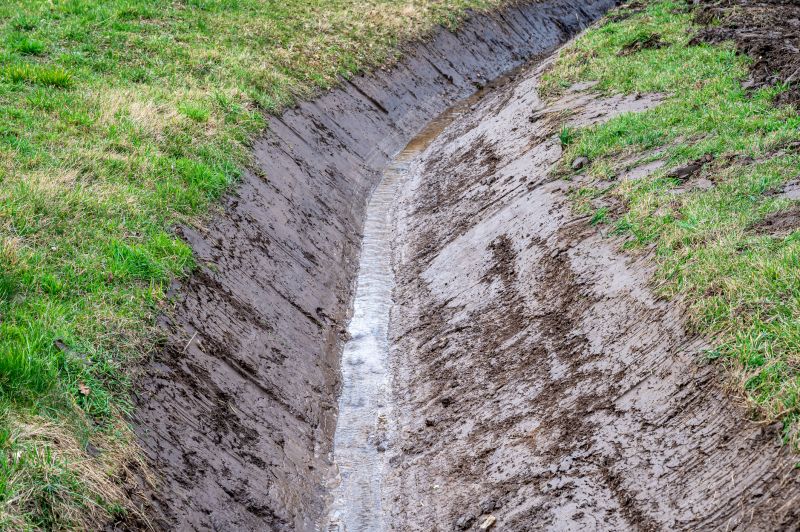
Evaluating water flow and landscape conditions before installation.
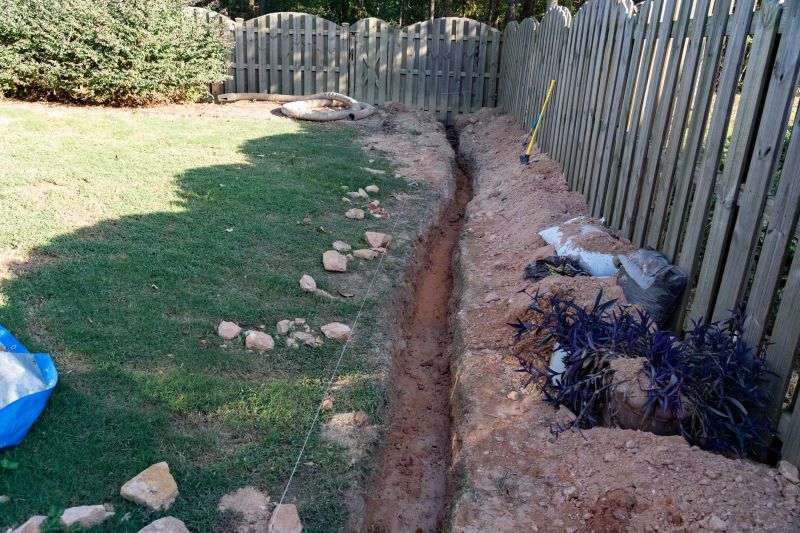
Executing trenching, piping, and outlet placement for effective drainage.
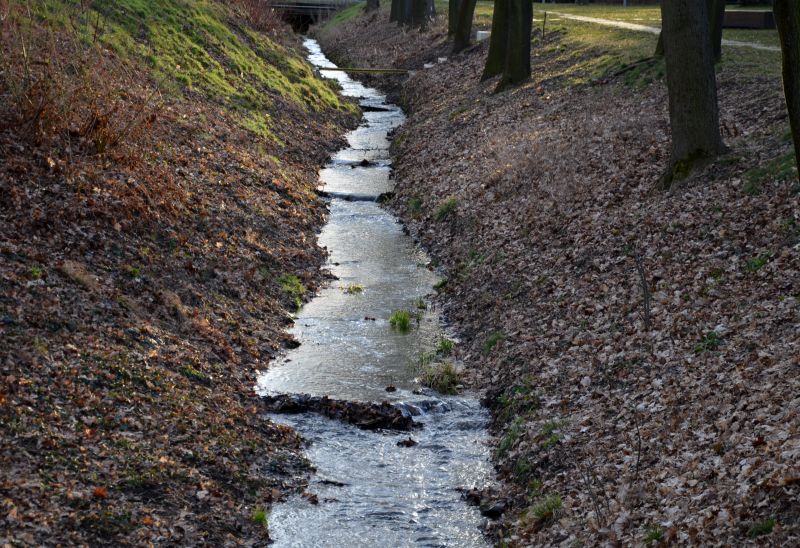
Testing and adjusting the system to ensure optimal performance.
Hiring a professional for landscaping drainage installation offers numerous advantages. Experienced specialists understand site-specific conditions and select appropriate solutions to ensure durability and efficiency. Proper installation reduces the likelihood of future water problems and minimizes the need for costly repairs. Professionals utilize advanced techniques and quality materials to guarantee long-lasting results. Their expertise ensures that drainage systems are integrated seamlessly into the landscape, maintaining aesthetic appeal. Additionally, a professional approach saves time and effort, providing peace of mind that the project is completed correctly and effectively.
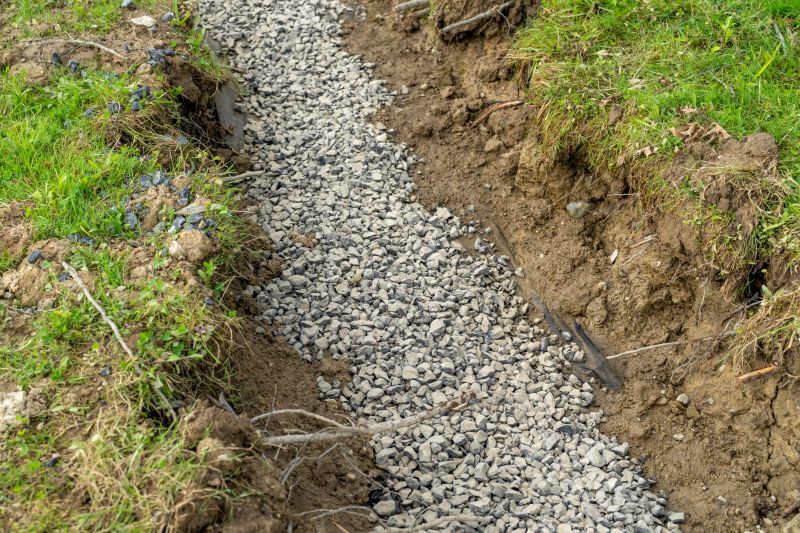
Professional setup of underground drainage systems.

Utilizing durable components for long-term performance.
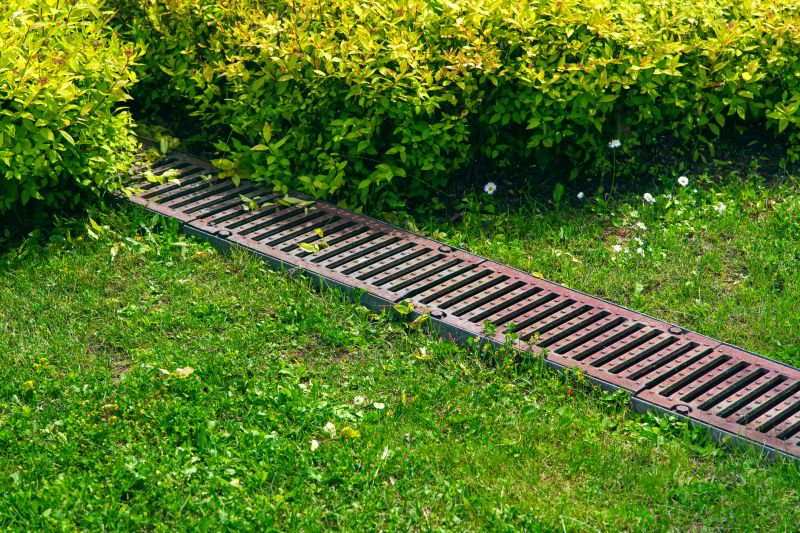
Drainage solutions that blend with landscape design.
Choosing to work with experienced professionals ensures that the drainage system is correctly designed and installed to meet the specific needs of the property. Their expertise minimizes potential issues and ensures compliance with best practices. Properly installed drainage systems provide reliable water management, helping to maintain the landscape’s health and structural integrity. Professional installation also offers peace of mind, knowing that the system is built to last and functions as intended. This investment in quality work can prevent future complications and protect the property's value over time.

